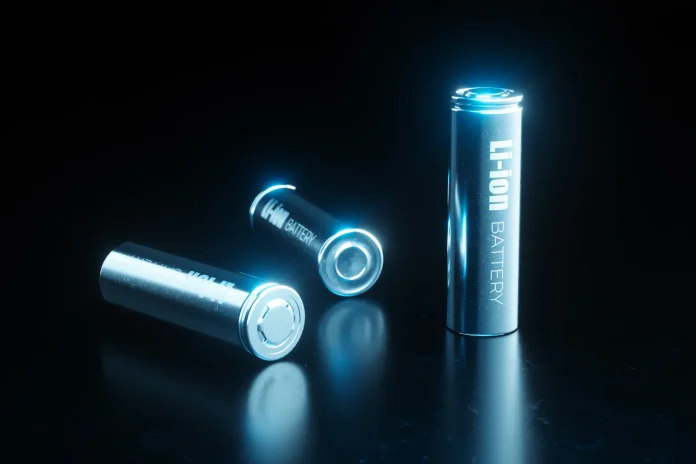Renewable new energy solutions are rising high, but their irregular nature poses challenges like storing their excess quantity and closing the gaps when the sun hides and the wind sleeps. Lithium-ion batteries, the current grid-scale workhorses, face performance, cost, and environmental hurdles. Thus, to solve this issue, scientists from around the globe are inventing new solutions like sodium batteries; similarly, MIT has experimented with a new approach that might contain answers to the lithium issue: Rocks.
New Energy Solutions
Scientists and big tech companies have found new energy solutions to the lithium battery problem in the shape of rocks.
Volcanic Rock:
Brenmiller Energy heats crushed volcanic rock with excess energy, storing the heat for later use in industrial applications like powering factories or hospitals. This method offers a promising alternative for those seeking resilient and sustainable energy solutions.
Graphite Blocks:
Antora Energy utilizes readily available and heat-resistant graphite blocks to store thermal energy for industrial processes requiring high temperatures for this process of new energy solutions. The application of graphite opens a new chapter in the narrative of innovative energy solutions.
Bricks:
Rondo builds thermal batteries using bricks, another easily sourced material, for grid-level energy storage. These thermal batteries are engineered for grid-level energy storage, contributing to the diversification of materials used to pursue sustainable energy solutions.
Superconductor Cement:
MIT researchers developed a superconductor material using cement and carbon black. This material offers a non-heat-releasing option for storing electricity, presenting a potential game-changer for efficient and environmentally friendly energy storage solutions.
Remarks Upon the Research
These rock-powered batteries aren’t just for big players in this field. Brenmiller assists smaller projects like a brewery and a hospital in switching from fossil fuels to renewables using their volcanic rock technology. MIT researcher envisions applications for their new energy solutions superconductor material in “energy autarchic homes, wind energy, maybe tidal waves, and self-charging roads.”
Experts like Adam Frankel of Antora see a future where these technologies are widely available, with “significant commercial demand” already present. Franz-Josef Ulm of MIT hopes their research will “make the energy transition part of our culture” and provide “energy storage for everyone, everywhere.”
Challenges and Promises
While the promise of rock-powered batteries is compelling, challenges remain in scaling up and tailoring these new energy solutions to diverse applications. The journey toward a sustainable and accessible future for renewable energy storage is marked by ongoing efforts to refine and adapt these technologies. These solutions can potentially transform how we store and use energy, leading to a more sustainable and resilient energy landscape.



